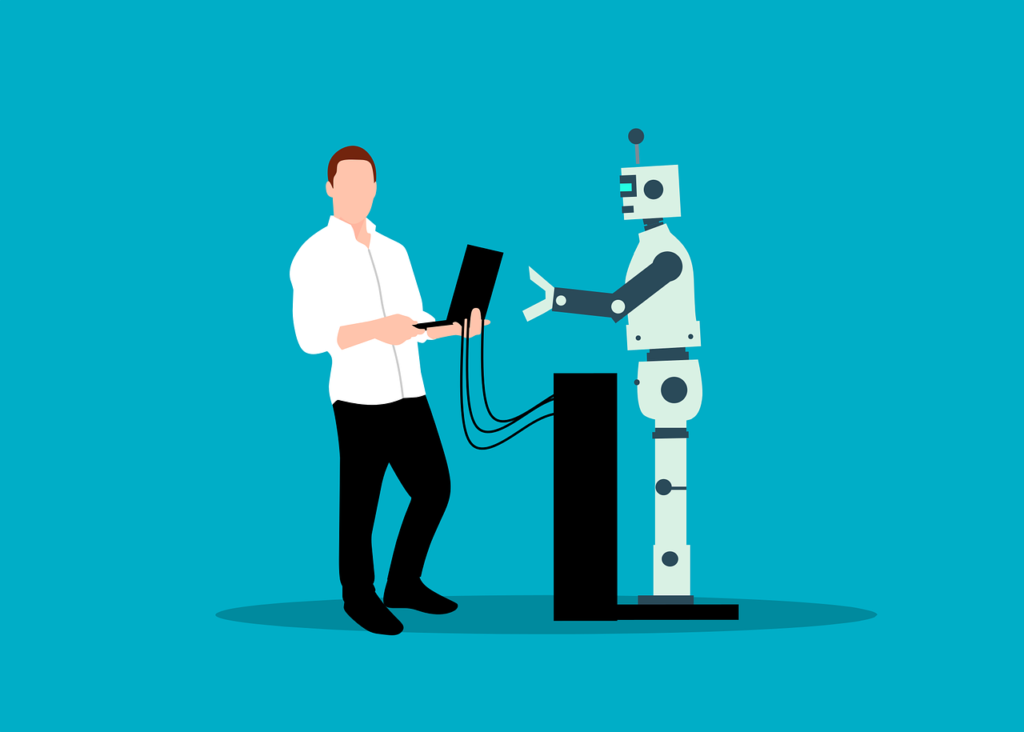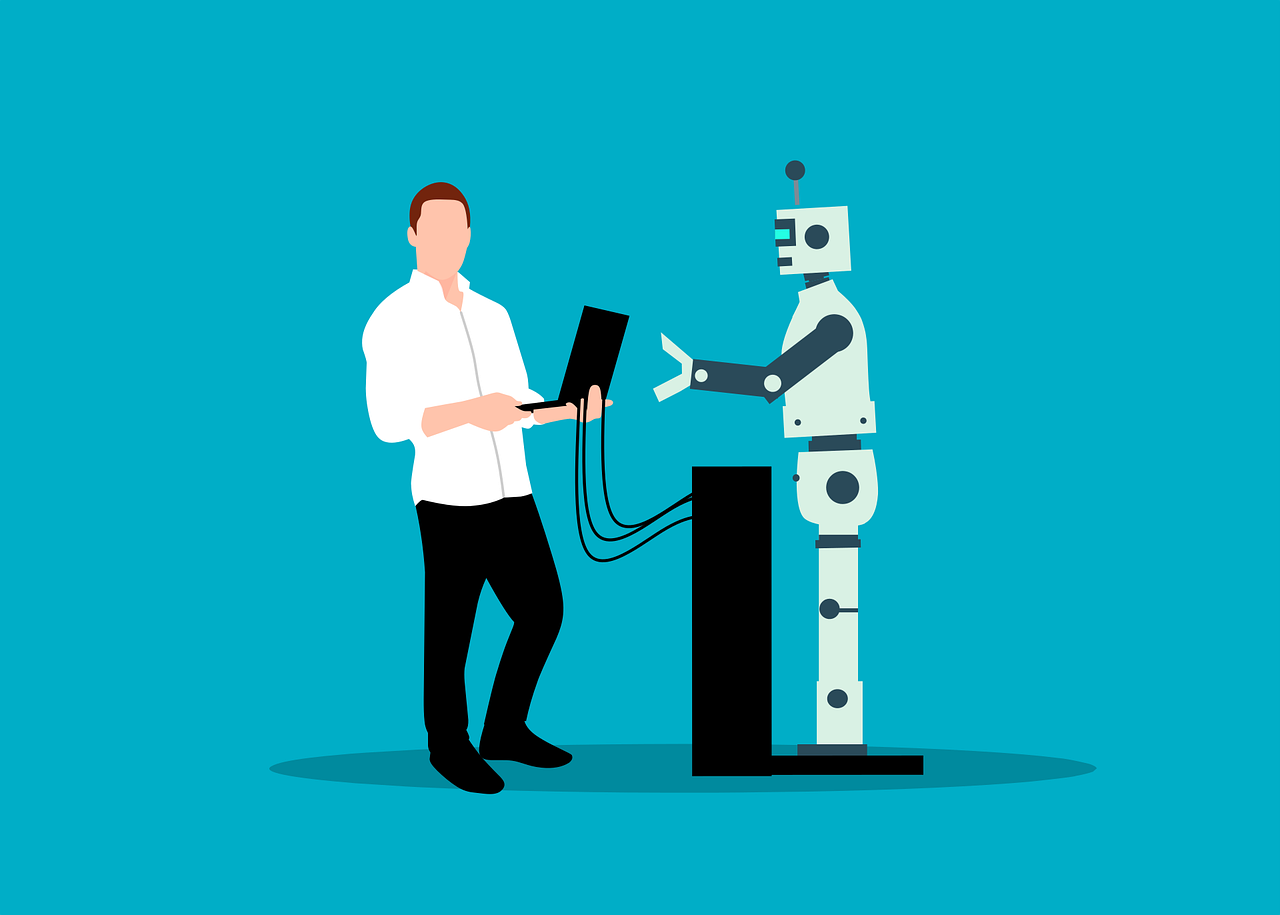
Sustainable urban development is essential for addressing the challenges of rapid urban growth, climate change, and environmental degradation. Smart cities, which utilize advanced technologies to improve quality of life and sustainability, are emerging as a key solution. Artificial Intelligence (AI) plays a crucial role in creating and managing these smart cities by offering tools to optimize resource use, reduce carbon footprints, and enhance the efficiency of urban services. This article explores how AI is transforming sustainable urban development, presents examples of successful applications, and examines future challenges.
1. Optimization of Urban Resources
a. Intelligent Energy Management
- Smart Grids: AI enhances the efficiency of electrical grids by optimizing energy distribution and managing demand. AI algorithms analyze real-time data on energy consumption and weather conditions to adjust electricity generation and distribution, integrating renewable energy sources like solar and wind.
- Smart Buildings: AI-powered building management systems control energy consumption in real-time, adjusting lighting, climate control, and other systems to reduce energy use. These systems can also forecast consumption patterns and adjust building operations to maximize energy efficiency.
b. Water Optimization
- Water Monitoring and Management: AI is used to monitor and manage water supply in cities. Advanced algorithms analyze data on water usage, climatic conditions, and infrastructure status to detect leaks, predict demand, and optimize supply.
- Wastewater Treatment: In wastewater treatment, AI improves process efficiency by automatically adjusting treatment parameters based on incoming water quality. This ensures more efficient treatment and reduces the environmental impact of treatment plants.
2. Efficient Urban Mobility
a. Traffic Management
- Intelligent Traffic Lights: AI-equipped traffic light systems optimize traffic flow by adjusting signal timings based on real-time traffic volume and conditions. This reduces congestion, improves traffic fluidity, and decreases pollution and fuel consumption.
- Route Planning: AI-based navigation applications provide optimal routes for drivers and public transportation services, considering real-time traffic and weather conditions. This improves transportation efficiency and reduces travel times.
b. Intelligent Public Transport
- Route and Schedule Optimization: AI analyzes data on public transportation usage to optimize routes and schedules. Machine learning algorithms identify demand patterns and adjust vehicle frequency and capacity accordingly, enhancing efficiency and user satisfaction.
- Autonomous Vehicles: AI-powered autonomous vehicles have the potential to transform urban transportation. These vehicles can reduce accidents, improve traffic efficiency, and provide more accessible and sustainable transportation options.
3. Waste Management and Recycling
a. Automated Recycling
- Waste Sorting: AI is used in recycling systems to automatically sort waste. Computer vision algorithms identify different types of recyclable materials, improving the efficiency of recycling plants and increasing material recovery rates.
- Intelligent Waste Management: AI-based waste management systems optimize collection and transport by predicting container needs and planning efficient collection routes. This reduces operational costs and enhances the efficiency of waste management systems.
b. Waste Reduction
- Waste Data Analysis: AI analyzes data on waste generation patterns to identify opportunities for waste reduction. This includes optimizing production processes and promoting more sustainable consumption practices in communities.
4. Urban Planning and Design
a. Sustainable Urban Design
- Simulation Models: AI-based simulation models allow urban planners and architects to assess the environmental impact of different urban designs before implementation. This includes simulating traffic distribution, energy use, and the impact of infrastructure on the environment.
- Green Space Optimization: AI helps plan and manage urban green spaces by analyzing data on air quality, access to recreational areas, and vegetation distribution. This promotes the creation of healthier and more pleasant urban environments.
b. Risk Management and Resilience
- Disaster Prediction: AI is used to predict and manage natural disaster risks in cities, such as floods and earthquakes. Machine learning algorithms analyze historical and real-time data to identify patterns and forecast adverse events, aiding in response planning and improving urban resilience.
- Climate Resilience: AI models analyze the impacts of climate change on urban infrastructure and suggest adaptations to enhance resilience. This includes planning climate-resilient infrastructure and implementing measures to reduce environmental impact.
5. Success Stories and Future Challenges
a. Success Stories
- Barcelona: Barcelona has implemented an intelligent traffic management system using AI to reduce congestion and improve public transportation efficiency. The system adjusts traffic lights in real-time and provides updated information to users about traffic conditions.
- Singapore: Singapore uses AI to optimize water supply and waste management. The water management system analyzes real-time data to predict demand and manage supply, while automated recycling systems enhance material recovery efficiency.
b. Future Challenges
- Privacy and Security: The use of AI in smart cities raises concerns about data privacy and security. It is crucial to implement measures to protect personal information and ensure that systems are secure against cyberattacks.
- Accessibility and Equity: Ensuring that the benefits of smart city technologies are accessible to all citizens, especially in disadvantaged areas, is a significant challenge. It is necessary to ensure that technology implementation does not exacerbate existing inequalities.
- System Integration: Integrating different systems and technologies in a smart city can be complex. Interoperability between AI systems and coordination among various agencies and services are essential for the success of smart city projects.
- Cost and Maintenance: Implementing and maintaining AI-based technologies can be costly. Finding ways to make these technologies economically viable and sustainable in the long term is crucial.
Conclusion
Artificial intelligence is playing a crucial role in the creation of smart and sustainable cities, optimizing resource management, enhancing urban mobility, managing waste, and supporting urban design. Success stories highlight AI’s potential to transform cities into more efficient, greener, and livable environments. However, to fully leverage these technologies, it is necessary to address challenges related to privacy, accessibility, system integration, and cost. As technology continues to advance and these challenges are overcome, AI-powered smart cities will be better equipped to tackle sustainable urban development challenges and build a greener future.
